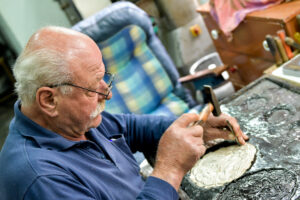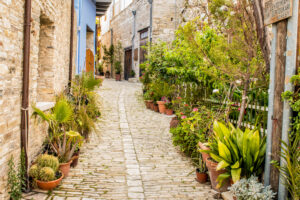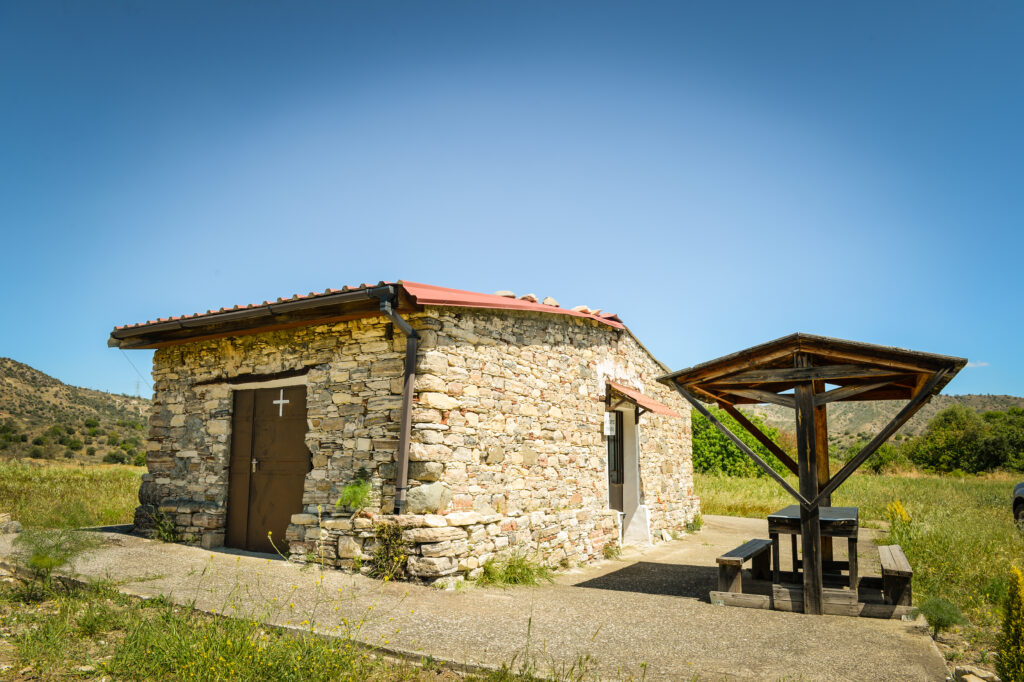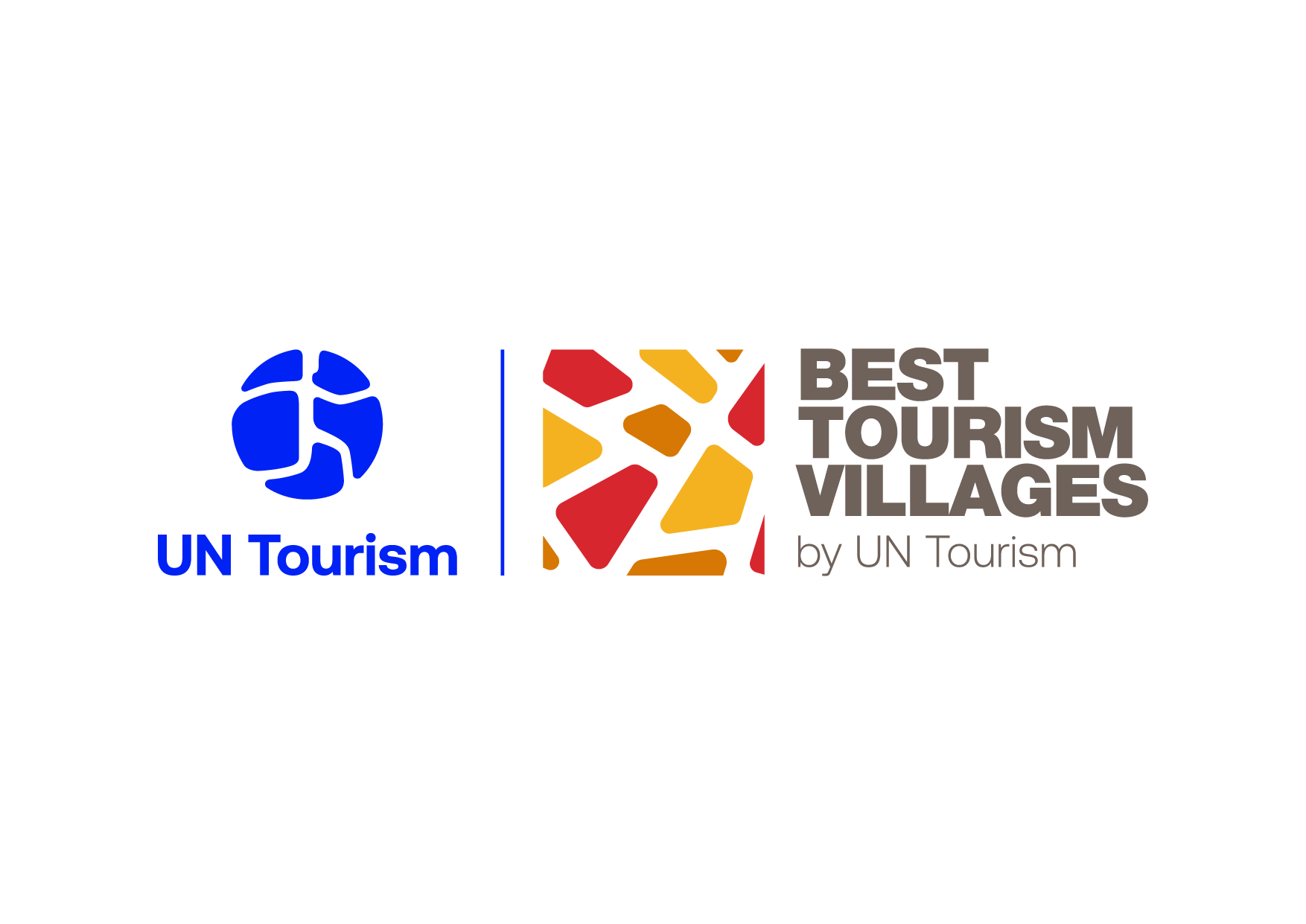The village that created the famous “lefkaritiko”
As one of Cyprus’ most authentic and beautifully preserved villages in terms of landscape, architecture, traditional pastimes, agrotourism and heritage, Pano Lefkara is arguably one of the island’s most sustainable tourism destinations. The ongoing and tireless efforts to retain the village’s original charm and character have made it famous worldwide.
The village is located in Larnaka region’s mountainous areas amidst un-spoilt landscape comprised of mountains, forests, groves, nature trails and endemic and indigenous flora and fauna. In fact, the name Lefkara comes from the color of the limestone that surrounds the village: Lefka means white in Greek, and ori means hills, mountains.
Lefkara is famous for being home to the traditional Cypriot embroidered lace, the well-known «lefkaritiko». It is the finest example of what embroidery and folk art in Cyprus has to offer. It is said that the famous Renaissance artist Leonardo da Vinci visited Cyprus at the end of the 16th century and came to Lefkara, where he bought a large ornate tablecloth that he gifted to Milan Cathedral. Lefkara lace is a valued specimen of embroidered artwork, which reflects the strength and sensitivity of the women of the region. The competent hands of the embroiderer create perfect artistic designs. Lefkara lace reached its peak as an art in the period 1920-1930 when, according to some experts, it was among the finest handicrafts in the world. In 2009, it was added to the UNESCO list of intangible heritage items.
In addition to Lefkara lace, another craft that has thrived for decades is silversmithing. Hand-made jewels, spoons, censers and other ecclesiastical implements, candle burners, processional staffs, crosses etc. are made locally, while silver and gold are also used to coat icons and bibles.
HIGHLIGHTS
-

Tradition and wealth go hand in hand
UNESCO recognized Lefkara is known for its traditional architecture and ‘Lefkaritiko’ lace and silverware craftsmanship. With the support of the Ministry of Agriculture, Environment and Rural Development they want to strengthen the flow of tourists to develop new special forms of tourism: cycling, religious, wine and gastronomy, but also for tourism investments in the countryside such as accommodation facilities, small hotels and workshops of traditional products.
-

Proactivity for environmental sustainability
The main objectives for promoting environmental sustainability focus on collecting recyclable waste (including batteries and frying oils); conserving natural resources by cleaning and protecting waterways; protecting the environment by promoting the fight against illegal logging; reducing the use of disposable plastics by replacing them with environmentally friendly products such as wood and stone; and finally reducing water waste by gradually increasing the cost of consumption.
-

Going for digital transformation
Cyprus’ strategy is aimed at promoting digital transformation in the public and private sector, increasing digital literacy and closing the digital divide. Thanks to EU-coordinated initiatives such as WiFi4EU, the municipality of Lefkara has launched a project to install free Wi-Fi hotspots for citizens in public spaces including parks, squares, libraries, health centers and museums.

